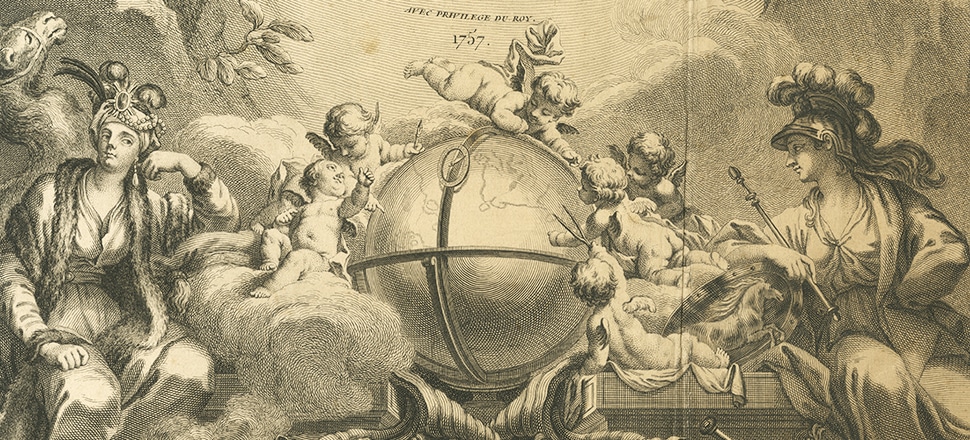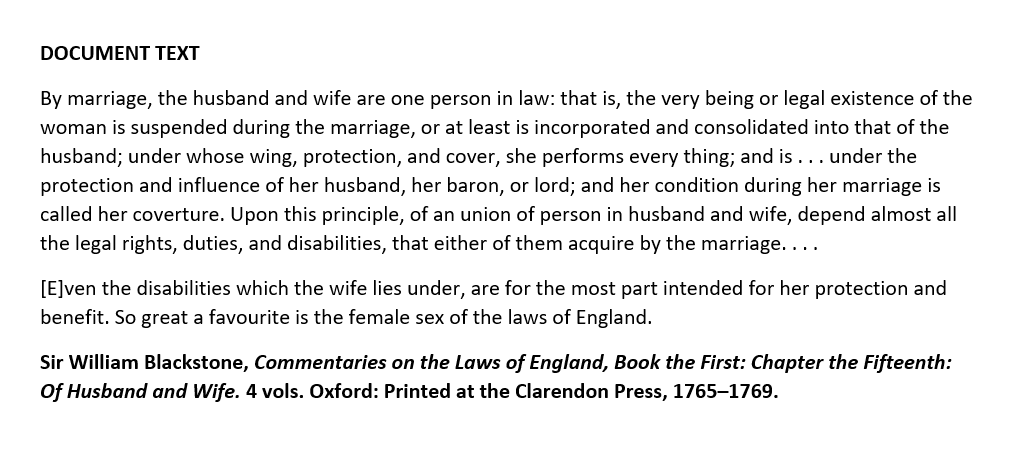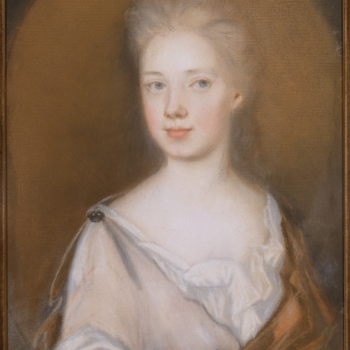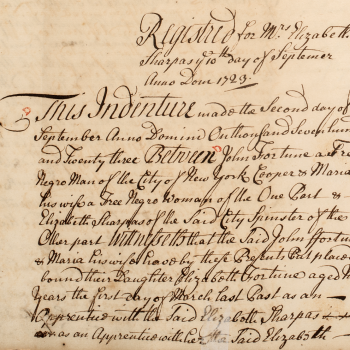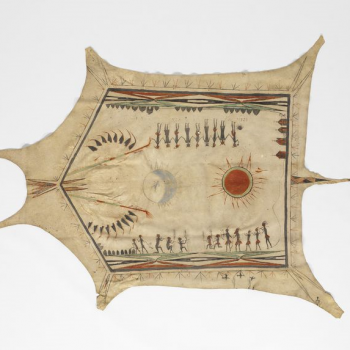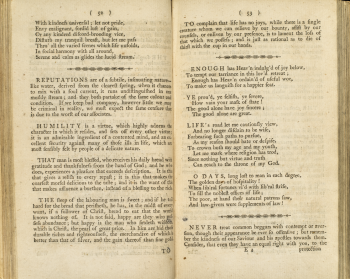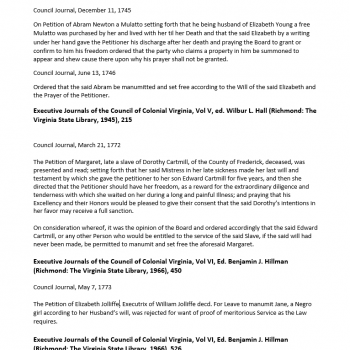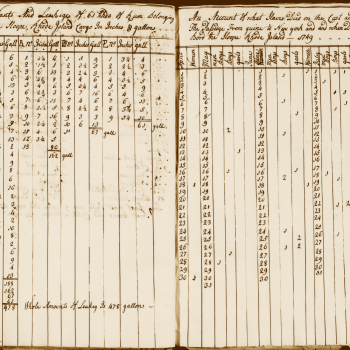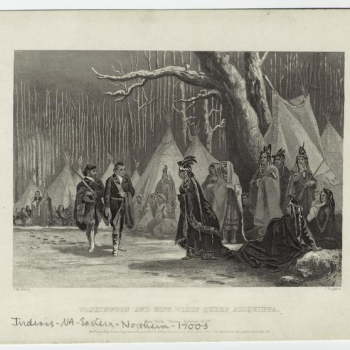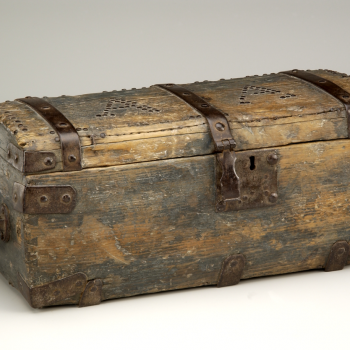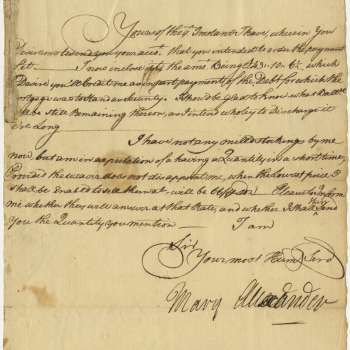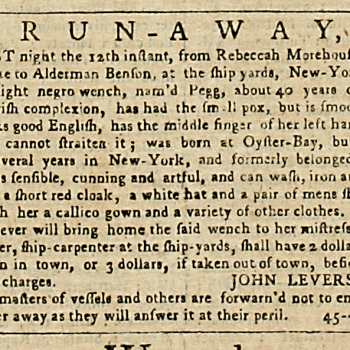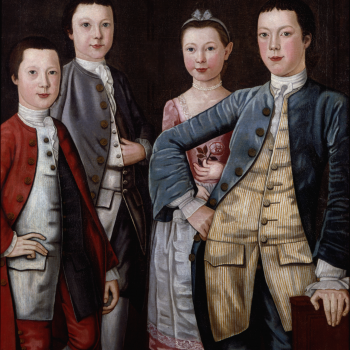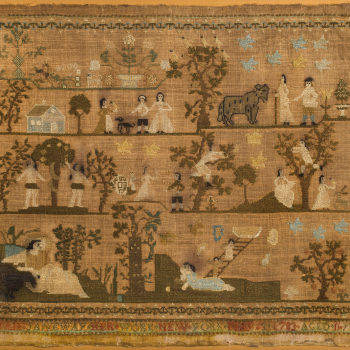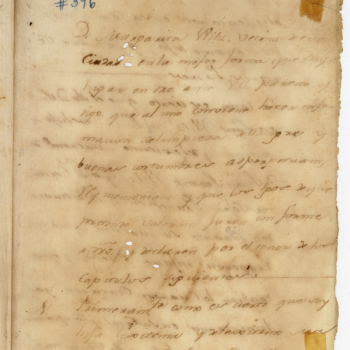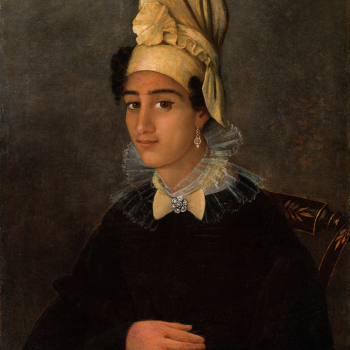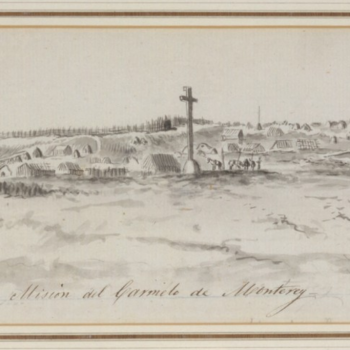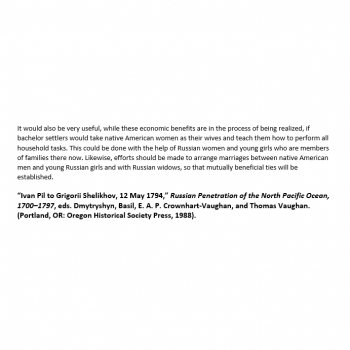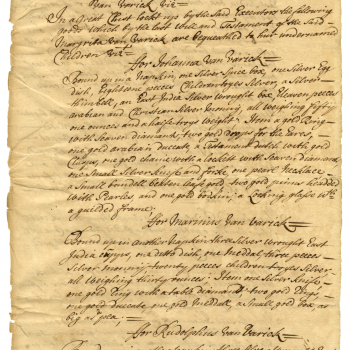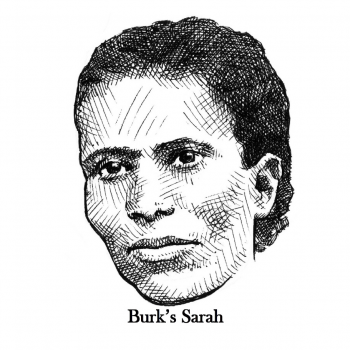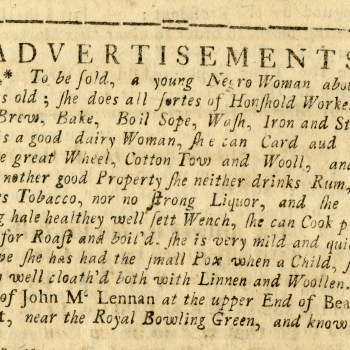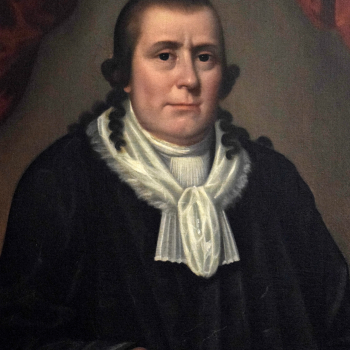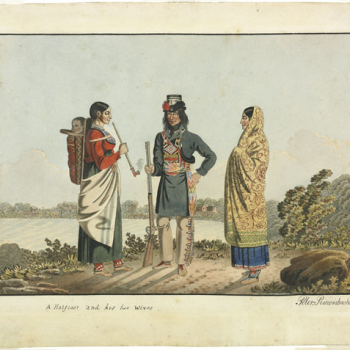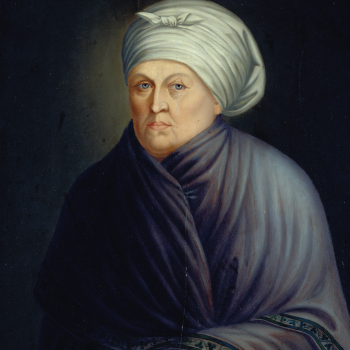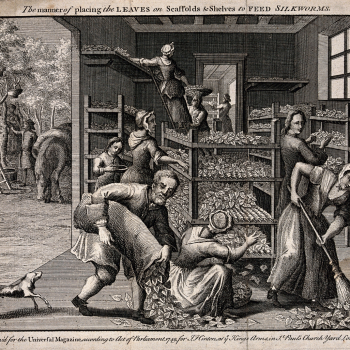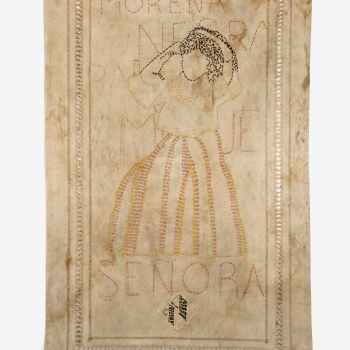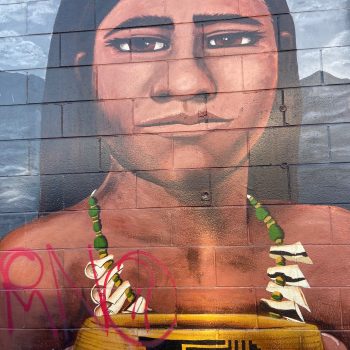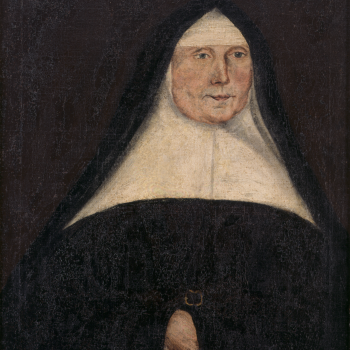Key Ideas
1. The eighteenth century was a period of growth and change for the American colonies.
2. The experiences of women in the American colonies varied widely based on race, class, age, and geographic region.
3. Women played active and integrated roles in colonial societies across the Americas. The history of this time period cannot be properly understood without including their contributions.
Introduction
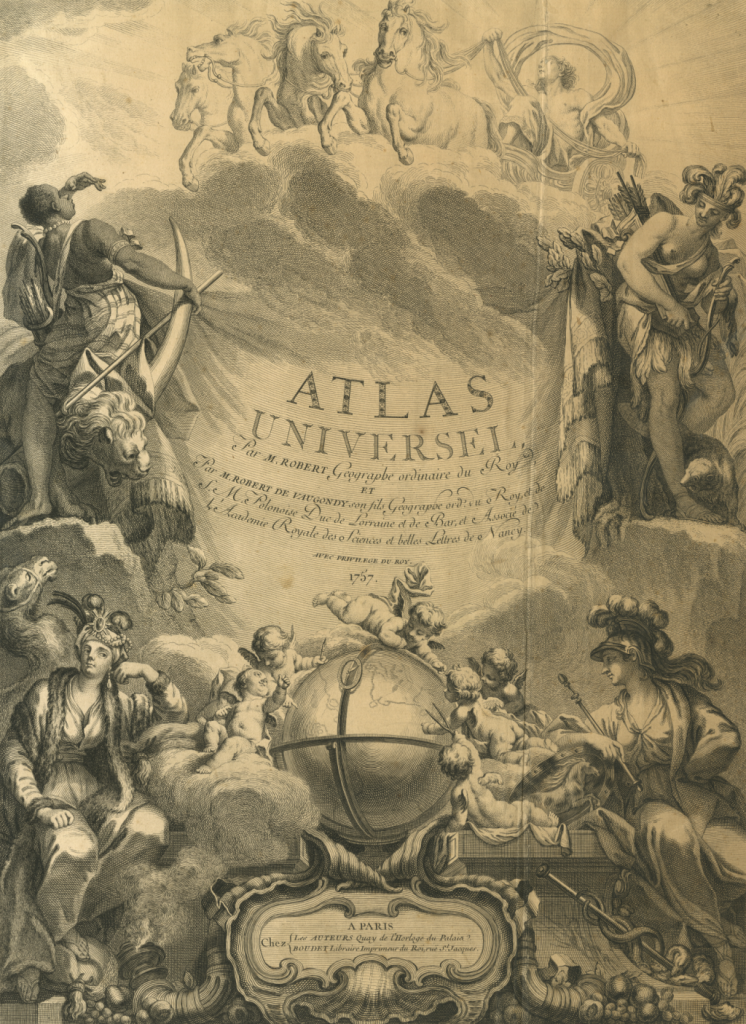
Detail from Jean-Charles Baquoy, Frontspiece, Atlas Universel, 1757. Gilles and Didier. Robert de Vaugondy, cartographers. New-York Historical Society Library.
Settler Colonialism, 1692-1783
In the eighteenth century, life in the American colonies evolved from the conquest and struggle for survival that characterized the earliest period of colonization into a phase that scholars call settler colonialism.
In this period, European settlers from all the major imperial powers expanded colonial territories beyond their original borders, and women of all races and classes were critical to these efforts. The Spanish stretched into Alta California, the French down the Mississippi River into Louisiana. The British took control of the Dutch colony of New Netherland, renamed it New York, and diligently secured their new territory. New powers even appeared on the fringes of the continent.
This expansion did not occur peacefully. Native populations across the continent actively resisted the encroachment of European settlers, and settlers from different countries inevitably clashed with one another. Women were leaders and victims of this constant warfare, which in the East culminated in the outbreak of the French and Indian War.
For more information about women’s societal roles in the 17th and 18th centuries, watch the video below.
This video is from “Women Have Always Worked,” a free massive open online course produced in collaboration with Columbia University.
Section Essential Questions
1. Why were women critical to the efforts of settler colonialism?
2. How were women’s activities in this era circumscribed by social and legal limitations?
3. What effect did a woman’s race, class, or social differences have on her life in this era?
4. Why is it important to learn about the experiences of a diverse group of people when studying the past?


